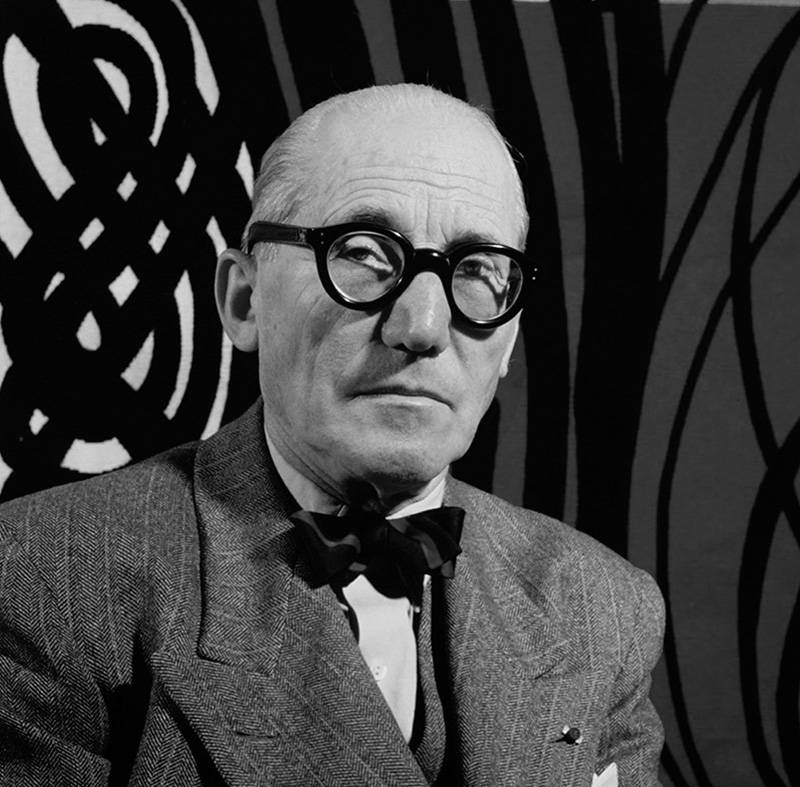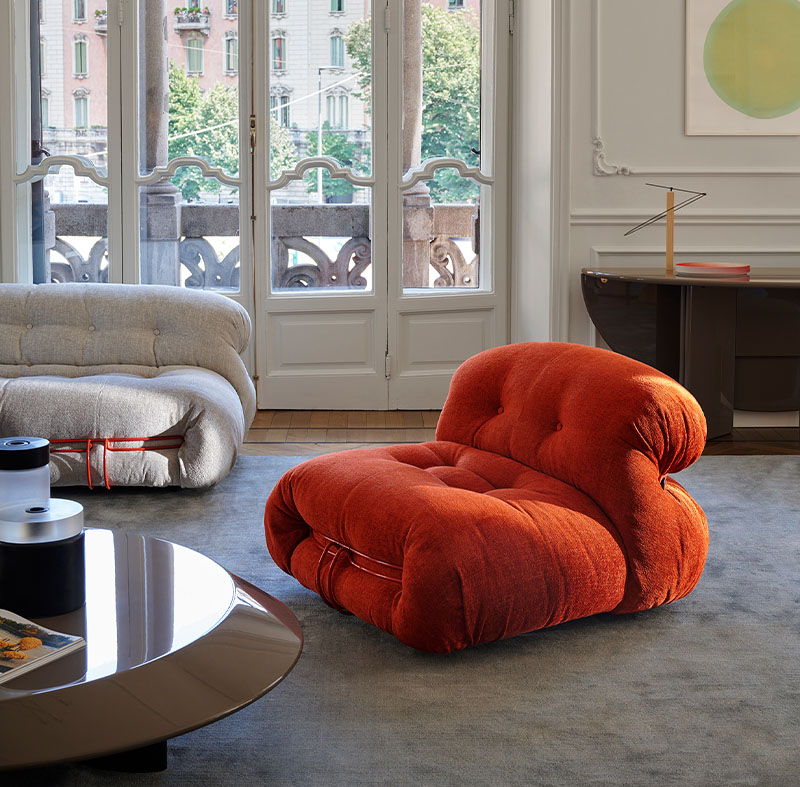
Le Corbusier
Born in Switzerland in 1887 under the name Charles-Édouard Jeanneret-Gris. In 1902 he enrolled in L’Ecole d’Art art school in order to learn his ancestor’s craft – carving caps for watches. He was an aspired painter but Charles L’Eplattenier, his instructor, believed he should turn into an architect. In the 1920’s he met the cubist painter Amédée Ozenfant and together they established a new artistic movement called “Purism”, a movement that believed in designing basic shapes inspired by modern machinery. In the thirties in Paris, more slums started expanding and the French government had a hard time caring for the new situation. Le Corbusier tried to provide answers to the issue through searching for solutions to house a large number of people. He initiated the Immuebles Viey las project in 1922, high buildings of single units that were built one on top of another and included a living room, bedroom, kitchen, and a porch. That year, he also presented his plan for the “Updated city”, a city with three Million people called Ville Contemporaine – a city with no sidewalks and streets, no public squares, and no messy neighborhoods. He aspired to house people in high, clean buildings located in areas that were planned as a public park. His vision was a rational city, divided to a few areas meant for different purposes: working, living and leisure. The plan was created on a large scale with mega-towers, large open spaces, and fast highways. He built his approach on sculptural ideas and rediscovered the potential of reinforced concrete used in his raw state. He was one of the first to research the theory of modern design and his researches mainly dealt with finding more comfortable housing solutions for dense populated cities. His long career of five decades was global – he established buildings in central Europe, India, and Russia and even a building in north and south America. He also took part in urban planning, painting, sculpting, literature, and furniture design. He passed away in August of 1965.
Le Corbusier
Born in Switzerland in 1887 under the name Charles-Édouard Jeanneret-Gris. In 1902 he enrolled in L’Ecole d’Art art school in order to learn his ancestor’s craft – carving caps for watches. He was an aspired painter but Charles L’Eplattenier, his instructor, believed he should turn into an architect. In the 1920’s he met the cubist painter Amédée Ozenfant and together they established a new artistic movement called “Purism”, a movement that believed in designing basic shapes inspired by modern machinery. In the thirties in Paris, more slums started expanding and the French government had a hard time caring for the new situation. Le Corbusier tried to provide answers to the issue through searching for solutions to house a large number of people. He initiated the Immuebles Viey las project in 1922, high buildings of single units that were built one on top of another and included a living room, bedroom, kitchen, and a porch. That year, he also presented his plan for the “Updated city”, a city with three Million people called Ville Contemporaine – a city with no sidewalks and streets, no public squares, and no messy neighborhoods. He aspired to house people in high, clean buildings located in areas that were planned as a public park. His vision was a rational city, divided to a few areas meant for different purposes: working, living and leisure. The plan was created on a large scale with mega-towers, large open spaces, and fast highways. He built his approach on sculptural ideas and rediscovered the potential of reinforced concrete used in his raw state. He was one of the first to research the theory of modern design and his researches mainly dealt with finding more comfortable housing solutions for dense populated cities. His long career of five decades was global – he established buildings in central Europe, India, and Russia and even a building in north and south America. He also took part in urban planning, painting, sculpting, literature, and furniture design. He passed away in August of 1965.







